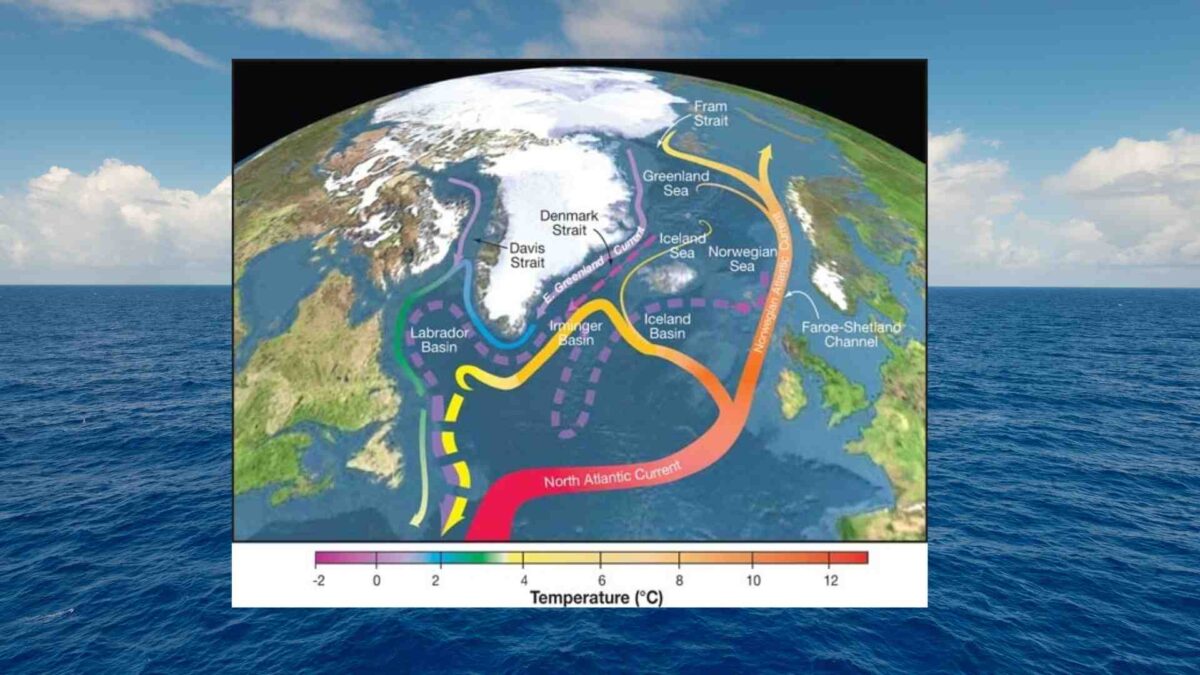
Atlantic ‘conveyor belt’ steady for most of past 12,000 years

An international team of scientists has reconstructed the strength of the Atlantic Meridional Overturning Circulation (AMOC) over the past 12,000 years, finding it remained stable for much of that period despite natural fluctuations.
The AMOC is a key part of the global deep-ocean system that moves heat and freshwater between the hemispheres, shaping weather, ocean conditions and climate. It includes the Gulf Stream, which helps drive Europe’s climate by transporting heat from the tropics to higher latitudes.
Researchers from Heidelberg University and the University of Bern, working with colleagues in Germany and Brazil, used geochemical measurements of thorium and protactinium taken from North Atlantic seabed sediments to reconstruct large-scale circulation patterns during the Holocene, the relatively mild epoch that began after the last Ice Age. The ratio of these rare radioactive isotopes acts as a long-term record of ocean circulation strength.

Numerical modelling of the data showed that after recovering from Ice Age conditions, the AMOC weakened sharply between 9,200 and 8,000 years ago, likely due to pulses of meltwater from the collapse of the North American ice sheet. By around 6,500 years ago it had stabilised at its present strength of about 18 Sverdrups, with one Sverdrup equal to a billion litres of water per second.
Project leader Dr Jörg Lippold said the results demonstrate long-term stability during the Holocene but warned that climate models project a future slowdown of five to eight Sverdrups by 2100 if greenhouse gas emissions continue to rise. Such a decline would be without precedent in the current warm period and could have serious consequences for global temperature stability and rainfall patterns.
The study, published in Nature Communications, was funded by the German Research Foundation, the European Union and Brazilian research agencies.
Share this WeathÉire story:







